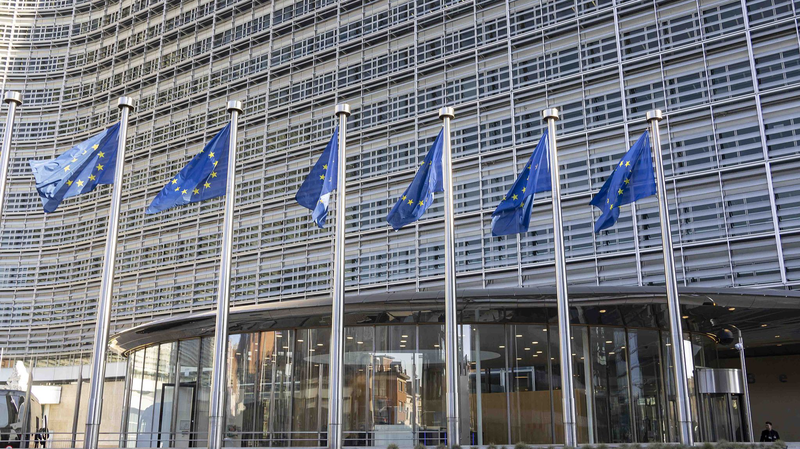A landmark step toward healing and justice has arrived in Tulsa: the U.S. Senate has passed a bill to create a national monument honoring the 1921 race massacre that claimed hundreds of Black lives and devastated an entire section of the city.
More than a century after the two-day slaughter, survivors and descendants are preparing to travel a new “road to repair” through the site where history unfolded. This memorial pathway will guide visitors past key markers, weaving together personal stories, art installations, and educational exhibits designed to spark reflection.
The two-day attack in 1921 left deep scars on Tulsa's community. Decades passed with little formal acknowledgment until advocates worked alongside lawmakers to secure national recognition. The Senate’s approval marks a growing commitment to confront painful chapters and honor those who endured them.
Organizers say the “road to repair” will serve as both a tribute to resilience and a call to action. By blending history with contemporary narratives, the project aims to foster dialogue on racial justice and invite visitors—local and global alike—to engage with lessons from the past.
Design details and programming plans will be released in the coming months, promising youth outreach, digital content, and public art that resonates across cultures and generations. Once completed, the site will offer a dedicated space for remembrance, learning, and community gatherings.
For a younger, globally connected audience, Tulsa’s new monument and “road to repair” highlight how acknowledging historic wrongs can drive real-world impact. As this path to repair takes shape, it reminds us that healing begins with remembering—and that today’s changemakers play a vital role in shaping more equitable futures.
Reference(s):
cgtn.com




